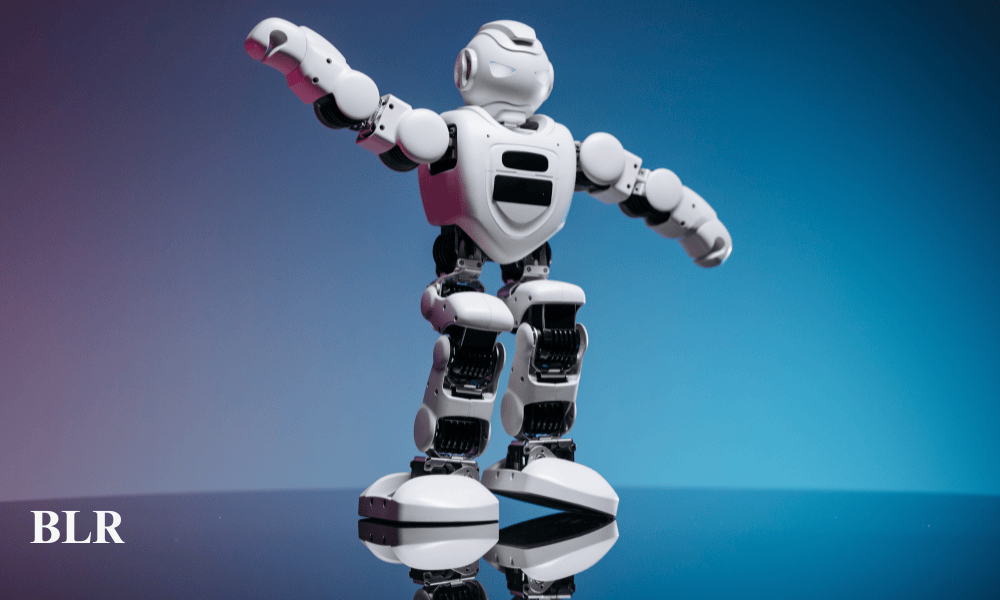Key Highlights
- The humanoid robot reaches speeds of 12 km/h with advanced balance and step-climbing abilities.
- Developed with independent hardware and AI controllers, ensuring technological self-reliance.
- Research results to be presented at Humanoids 2025 and CoRL 2025 conferences.
The Korea Advanced Institute of Science and Technology (KAIST) has announced a major leap in humanoid robotics research, unveiling a next-generation humanoid robot capable of combining speed, balance, and lifelike agility.
Developed by Professor Park Hae-won and his team at KAIST’s Humanoid Robot Research Center (HuboLab), the humanoid achieves running speeds of up to 12 km/h, maintains stability even with its eyes closed, and navigates rough terrain with remarkable precision.
Standing at 165 cm and weighing 75 kg, the robot is purpose-built to operate in human-centric environments. What distinguishes this platform from previous designs is its technological independence. Every major component, including motors, reducers, and motor drivers, was designed and manufactured directly by KAIST, eliminating reliance on external suppliers.
Independence Through AI and Hardware
Alongside hardware innovation, the team created a proprietary reinforcement learning algorithm for the AI controller.
By training the system in virtual simulations before applying it to the real world, KAIST successfully overcame the long-standing Sim-to-Real Gap. This allows the humanoid to handle unpredictable real-world challenges while maintaining balance and efficiency.
The current model can climb 30 cm obstacles, and researchers are working toward achieving 14 km/h speeds, 40 cm step navigation, and even ladder climbing.
Collaboration is also underway with Professor Jae-min Hwangbo (robotic arms) and MIT’s Professor Sangbae Kim (robotic hands) to develop a fully capable humanoid that can perform complex industrial tasks, ranging from carrying heavy loads to multitasking while in motion.
From Somersaults to Moonwalking
In addition to the humanoid platform, KAIST’s team developed a single-leg hopping robot that demonstrated high-level mobility, including one-legged balance, repeated hopping, and a 360-degree somersault.
These results show the potential for agile, moonwalking robot capabilities that go beyond traditional humanoid designs.
With stability-driven AI controllers and no reliance on biological imitation models, KAIST’s robots highlight the evolution of robotics from lab concepts to practical, high-performance machines.
Such feats bring to life the long-envisioned idea of a humanoid robot moonwalk, showcasing how robots may one day move as fluidly as humans.
Toward Real-World Deployment
Professor Park Hae-won described the achievement as “an important step toward independence in both hardware and software for humanoid research.”
The ultimate goal is to create a KAIST humanoid robot that can seamlessly integrate into industrial settings, working side by side with humans in logistics, manufacturing, and maintenance.
The research will receive international attention later this year. KAIST will present its hardware breakthroughs at Humanoids 2025 on October 1 and showcase its AI advancements at CoRL 2025 on September 29.With its latest innovation, KAIST is positioning itself at the forefront of global Technology and Robotics, pushing the boundaries of what humanoids can achieve.


